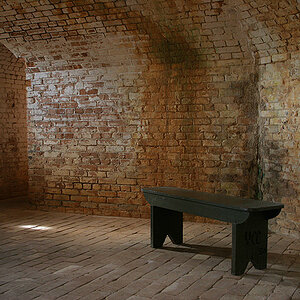Goldcoin79
TPF Noob!
- Joined
- May 23, 2012
- Messages
- 152
- Reaction score
- 2
- Location
- Uk, Hemel Hempstead
- Can others edit my Photos
- Photos OK to edit
Can anyone answer a question for me on the differences between flash power and flash exposure compensation on a built in flash.
If I wanted to use a fill flash and I lower the power of the flash to low for example would it have the same effect if I changed the flash exposure compensation to -2 instead of adjusting the flash power?
My main reason for asking is I am trying to establish the difference between flash power and flash exposure compensation and when you would use one over the other.
If I wanted to use a fill flash and I lower the power of the flash to low for example would it have the same effect if I changed the flash exposure compensation to -2 instead of adjusting the flash power?
My main reason for asking is I am trying to establish the difference between flash power and flash exposure compensation and when you would use one over the other.



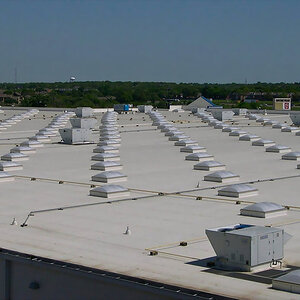
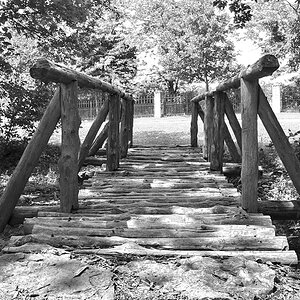

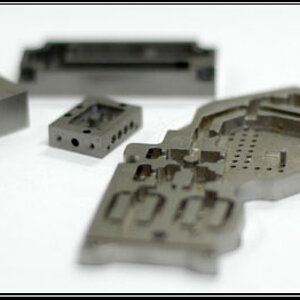
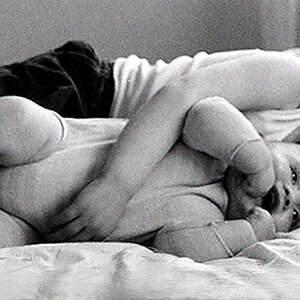

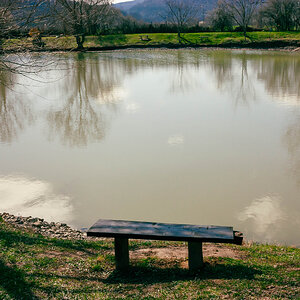
![[No title]](/data/xfmg/thumbnail/42/42494-ba608b57b09b00c0ee005a2360a510f5.jpg?1619740198)


